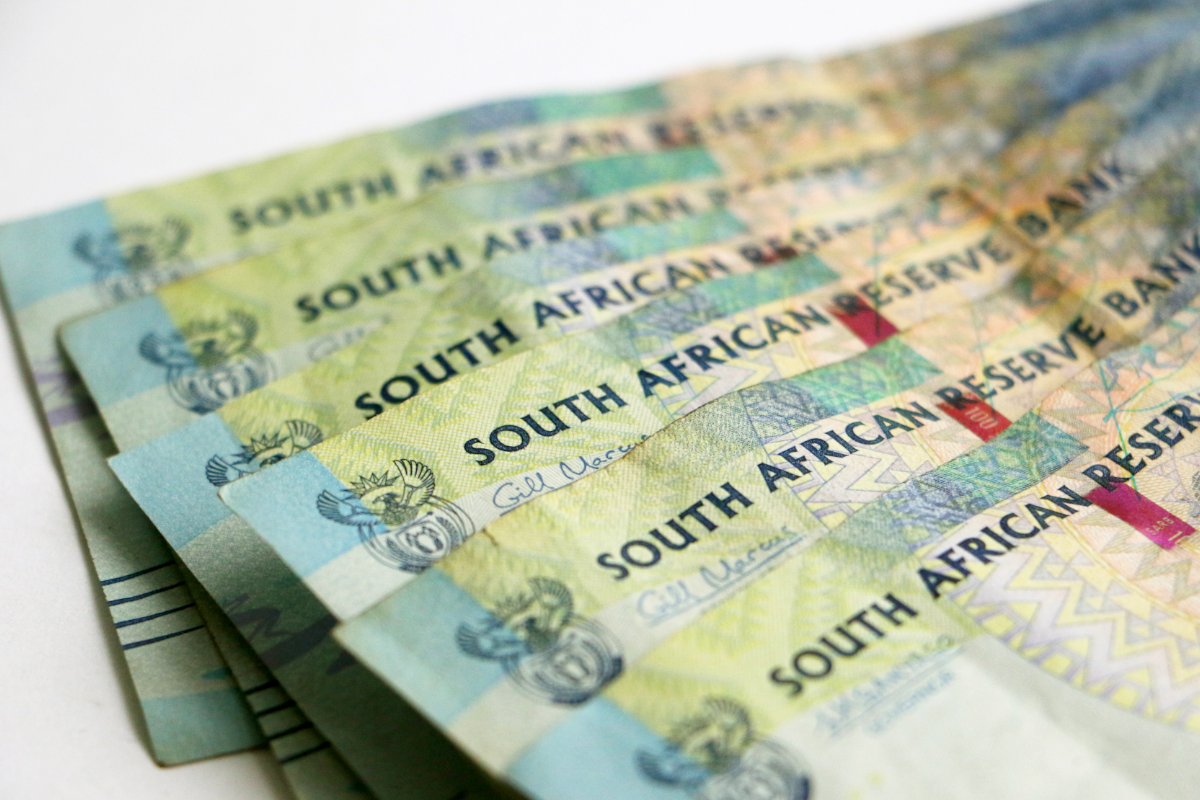Global Courant
The South African Reserve Bank’s (SARB) Financial Stability Review (FSR) for 2023 has identified nine key risks to the country’s economy, including two entirely new risks that have only come to light in recent months.
The two new risks are the risk of US sanctions – as highlighted in reports this week – and the possibility of increased capital outflows.
The risk of US sanctions is notable because the SARB warned that if they materialize, it could trigger a financial crisis in South Africa.
Load-shedding is also a prominent part of the risks, with the central bank highlighting, among other things, that a worsening energy crisis could disrupt the financial system’s infrastructure.
Economists at Nedbank highlighted the risks to the domestic financial system, noting that any risk has short-, medium- and long-term consequences that could disrupt the local economy.
Broadly speaking, the nine risks are:
Insufficient and unreliable electricity supply Sharp re-pricing of government debt Longer interest rates Remain on the Financial Action Task Force (FATF) greylisting for a long time Slow and unjust domestic growth Financial sector insufficiently prepared for climate change risk Successful systemic cyberattack Capital outflows and declining market depth and liquidity Secondary sanctions amid heightened geopolitical polarization
The SARB’s assessment of the risks shows that not every factor has the same weight and each has a different probability level.
For example, South Africa was likely to be hit by inadequate and unreliable power supply – indeed, it is currently the reality – but its impact is only in the short and medium term, given ongoing efforts to mitigate the problem. Despite this, it has a high degree of vulnerability in the local economy.
Conversely, the financial sector that is unprepared for climate change is less vulnerable, less likely to occur and also has longer-term impacts.
According to Nedbank, the two new risk factors at play – the geopolitical risks and the capital outflow risks – are the most notable.
Capital outflows and declining market depth and liquidity
The group said the risks associated with continued capital outflows, declining market depth and liquidity have been outlined in previous versions of the FSR.
This time, however, the focus is on how risk could interact with other vulnerabilities and potentially destabilize the domestic financial system.
“The SARB argues that the recent turmoil in the US banking sector has shown how vulnerabilities related to unhedged interest rate risk, concentrated sovereign exposures and an undiversified depositor base can interact to drain liquidity and ultimately result in solvency problems for banks .
While the SARB noted that these risks are not unique to South Africa, with several emerging markets facing the same challenge, domestic factors such as the FATF greylisting,
power supply challenges and political instability exacerbate these risks.
If these concerns materialize, the potential consequences, according to Nebank, are:
A continued decline in the value of South African government bonds held by non-residents, which would lead to greater concentration within the domestic financial system. Distortion of the government bond market, which may require repeated periods of support from the authorities. Less diversified capital markets ecosystem, making the financial system less able to absorb systemic shocks. A fall in the exchange value of the rand as the appetite of foreign investors diminishes and commodity prices fall. A possible interaction with the financial sector’s high exposure to sovereign debt.
Secondary Sanctions
A newer, but critical risk identified by the SARB is that of possible direct or indirect sanctions against South Africa.
“This risk stems from US allegations that South Africa has sold weapons to Russia in support of the Kremlin’s war against Ukraine. The accusations and defensiveness of the South African government have raised concerns about whether the country is truly neutral in its position, fueling tensions with the US,” said Nedbank.
The impact on financial stability will be significant if this risk materializes. The SARB said it could trigger a systemic event in a worst-case scenario.
The potential consequences of this risk include: Significant disruption to the SA’s financial system as it will not be able to make international payments in USD. Loss of correspondent banking relationships and increased scrutiny of South African financial institutions by foreign counterparties, even in the absence of formal secondary sanctions. A sudden stop in capital inflows and increased outflows.
Nedbank noted that, in addition to the financial stability implications, trade risks are just as great given the country’s strong ties to the US. The US accounts for about 9.7% of the country’s total export earnings, while Russia contributes just under 0.3%.
Financial system stable
Despite adding more risk to the mix, the SARB noted that financial institutions generally remain resilient and adequately capitalized, with sufficient liquidity buffers to absorb the impact of shocks.
“The financial system remains resilient despite the turmoil in the global banking sector and the resulting volatility. However, slower uneven growth is likely to weigh on the resilience of the system beyond the forecast period,” Nedbank said.
Read: The Reserve Bank Prepares for Grid Collapse








